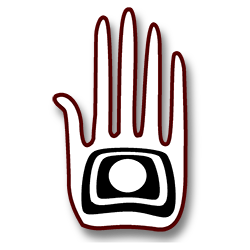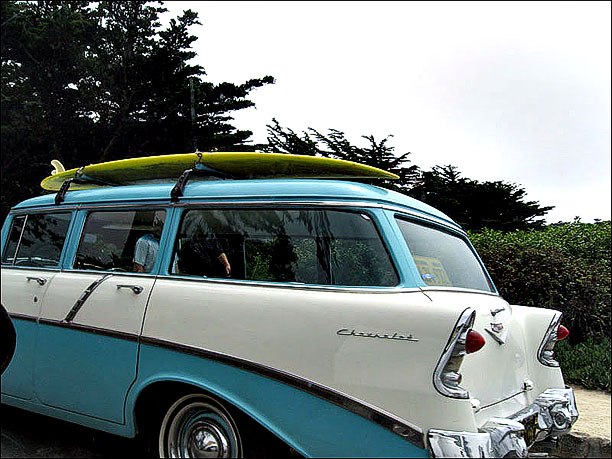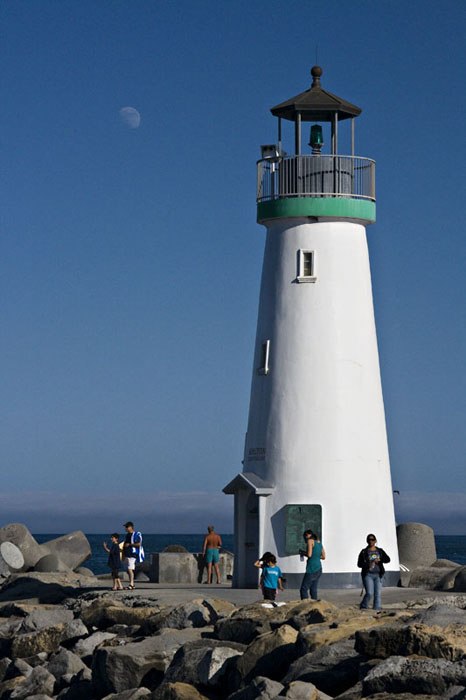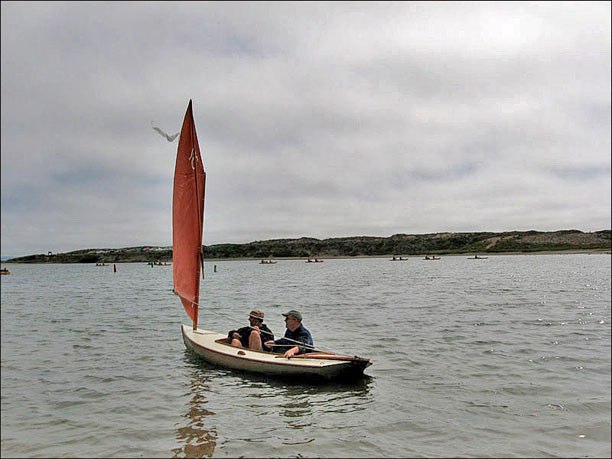San Francisco (maybe California in general) is not what the rest of us think it is. Well, maybe a little – the way the Santa in the mall is a little like the real one. Like most places outside our imagination, San Francisco has continued to evolve, slowly becoming something else, while our snapshot of it has remained static since the 60’s and 70’s. But I didn’t know this before I went there. Real places, like real people, are far more complex than the cartoon shorthand we sometimes use for them.
The First Mate and I wanted to do something to celebrate the last 10 years, so we planned a trip to the west coast. Neither of us had ever been there, and we were gone a week, which is why the boat build has been on hold. There’s a large gallery of pictures from the trip here, aside from the few included on this page.
Since at least the Gold Rush in 1849, California has been the place you throw the Hail Mary, where you’ll either strike it rich or go bust. To the rest of the country, it’s where anything goes, where you could become whatever you want, from a movie star to a surfer, change from a man to a woman, or grow your hair long and wear love beads all day. Well, there is some of that, still, but mostly it’s a lot of other things now. There’s a whole lot more to San Francisco than queens and hippies, both of which are now surprisingly hard to find.
I imagine 20 years of Silicon Valley influence has morphed it into the more staid and conservative place it is today. Now silicon is the new gold, and instead of dirty-smelly-hippies playing Dylan songs on every corner, instead of launching protests or even talking to each other, urban hipsters sit quietly in cafes typing away on laptops, “friending” each other on Facebook, and everyone kind of separates like oil and vinegar into their own neighborhoods. Instead of one big city, it’s more like 10 separate small towns loosely separated by invisible borders, each with it’s own character.
After a few days we drove south along the coast, which was an entirely different experience. The Pacific Coast Highway is a mashup of stunning landscapes with patches of sometimes cowboy and sometimes surfer culture applied over top like a thin veneer.
Big Sur
Swanton Berry Farm
Carmel Beach Cruiser (by T)
Santa Cruz Lighthouse
Santa Cruz has somehow managed to stay close to its mythical character without falling into self parody. Though it’s a modern small city with an active commercial district (where they’ll be happy to sell you a piece of the myth), in many ways it’s still a surfer town of craftsmen and shop owners, all of whom keep a suit and surfboard or other beach toys in the back seat. If a contractor works on your house, there’ll be a wetsuit hanging next to the extension chords in the truck. It’s been absorbed in to the local culture, and teenagers there take up sailing and surfing the way kids in southwest Virginia take up the fiddle.
For the last few days we stayed with “California” Dough Lawson and his wife Giselle in the mountains above Santa Cruz (this is where the boating part comes in). They have a Crawford Melonseed they shipped out from Virginia, where we last went sailing together before they moved west. Besides a day spent cruising with the sea lions and kayakers, I got a good look at rigging details and such, things that will be coming up soon on the build. The rest of the time we spent visiting with them and a windrow of other Virginians who’ve washed up on that coast. Doug keeps a quirky photo blog of their life on Bear Mountain here.
Sailing in Elkhorn Slough
Sleepless on the all night red-eye flight back, I wondered if maybe we build mythical cities in our imaginations to fill different needs or wishes we all have. Maybe that’s even how real cities start out, before they take on a life of their own, as something in the imagination. We need a San Francisco the way we need a New York, a Paris, a New Orleans, and a hundred other places, and we walk around every day with the thought tucked safely away that if we ever needed to change are lives and become __________, there’s a place we could go to do it, even if that place doesn’t really exist.
The Backstory
Doug and I met in a small writer’s group, a chat room, back in the days of dial up modems, back when a 9600 baud full-duplex modem was smokin fast, and AOL was the only internet, unless you had access to a local text only BBS or worked for the military. He was one of the more interesting writers in the group, and when I figured out he lived only an hour away we arranged to meet once. I moved to another city and so did he, and we lost touch for twenty years. When I finished building my first practice boat, and was deciding what form the final project would take, I became fascinated by the Melonseed. Doing a little research, I found someone – again just an hour away – who had one. I also figured out it was the same guy who edited an online literary magazine I had read from time to time. It was Doug. We had just switched cities. In his last job he had taken the spot left by a good friend, a writer and journalist, who lived around the corner from us in our old neighborhood. Both of us had ended up working in IT doing creative projects on the side, both married artists (they make the best wives), had two kids, and both had settled on the Melonseed as the ideal boat. Weird.








